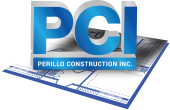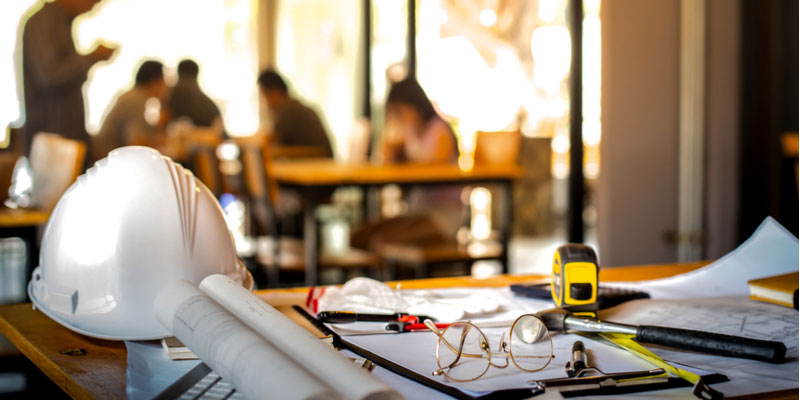The “shell and core” building concept involves the building owner or landlord planning and constructing the core, or inside, of a building surrounded by the exterior shell. This creates a blank canvas for a tenant to come in and outfit the space to fit their needs with flooring, equipment, furnishings and so forth.
What’s Involved in the Fit-Out Construction Process?
The term fit-out refers to everything you need to outfit the interior of a building, such as furnishings, decorations, and other interiors. It also includes flooring, walls, woodworks, and anything related to mains services and utilities. The goal of a complete fit-out is to create a building that is ready to be occupied. A shell and core build out is ready to be occupied, but first the furnishings and interiors must be added by the tenant.
What Does ‘Shell and Core’ Include?
Shell and core, also known as base build, is a technique that started in the US and has since spread to the UK and other parts of the world. It involves developing the core or shell of a building, including walls and windows, but does not include flooring, furniture or other interior elements. In other words, building owners create a basic shell for renters to outfit as they please. This approach allows more time to finish internal fit outs, and gives the renter more options to customize the space to their specific style or business needs.
Most shell and core provisions include:
- The structure of the building
- The cladding on the building
- The base plant of the building
In other cases, it may also include:
- Roads and paved pathways around the property, including fencing, drainage, and boundary walls.
- Hard and soft landscaping
- Base plant, including mechanical and electrical systems that meet local regulations and building codes.
- Fire clad structure complete with solid foundation and “clear structural floor heights defined,” as well as basements, working elevators, etc.
- Fire detection systems
There’s no way to know for sure what is included without looking at the lease agreement and conducting a formal meeting. Keep in mind, you can always negotiate before signing a lease.
Does the Landlord or Building Owner Pay for Additional Fit-Out Expenses?
The landlord covers the cost of the base structure and external elements, but is not necessarily responsible for carpeting, flooring, furniture, lighting, AC, etc. This allows every new tenant that comes in a chance to outfit the space as they see fit.
It is common for landlords or developers to buy materials necessary for the fit-out and then leave them stacked in the building without installing them. Some landlords do not provide free materials, but may instead offer free rent for X number of months to compensate for costs to outfit the space.
Why is this a popular construction process? Every tenant requires different furnishings and layouts, which makes it impossible for landlords to guess what their future tenants may need. As a result, landlords can end up wasting a lot of money outfitting spaces one way, only to tear things down and redo them based upon a new tenant’s needs. That’s why it’s more cost effective to leave the space blank until a tenant moves in.
Get the Most Out of Your Commercial Fit-Out with Perillo Construction
Working with an experienced general contractor can make all the difference to a commercial fit-out. Your general contractor is there to represent your interests when talking or negotiating with the landlord, architect or other involved parties. Our experience and industry connections offer countless benefits. Let us take the hassle out of your next commercial fit-out, contact us today to learn more.

